
- <><><>
- <><><>
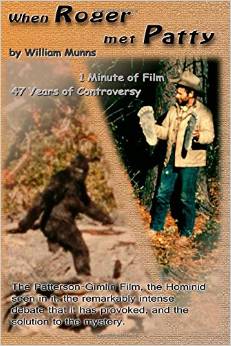
The year saw the cumulation of seven years of intensive research by Bill Munns, a Hollywood makeup artist who brought his decades of special effects experiences to cryptozoology. Munns performed his own analysis of the Patterson-Gimlin Bigfoot film, which revealed, among other items, a skin fold or loose material at the armpit that is a newly discovered feature, as well as the natural (not artificial) bouncing of various body parts. Munns’ partial analysis had previously been featured on an episode of the television series MonsterQuest, but in 2014, he gave new conference presentations, and as well as, through his newly published book When Roger Met Patty, the gathering of his multianalyses of the film and film subject from the perspective of a cinema FX artist.
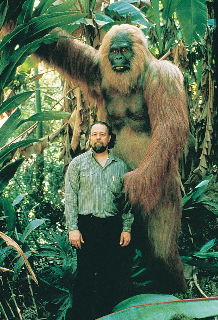
- <><><>
2. Indonesian Coelacanth #7 Found
A seventh Indonesian coelacanth was caught by local fisherman Iwan Ponto, Benhard Ponto and Nicolas Sipota on November 5, 2014 in the ocean northwest of Gangga Island, southwest of Lihaga Island, Indonesia. No additional coelacanths were caught in the Comoros, Madagascar and along the east African coast area (Kenya, Mozambique, Tanzania and Zanzibar).
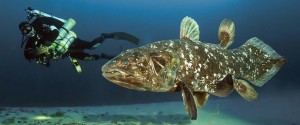
- <><><>
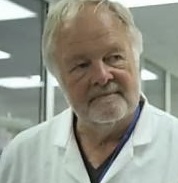
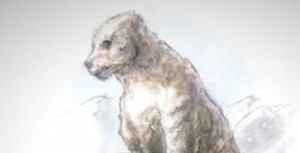
- <><><>
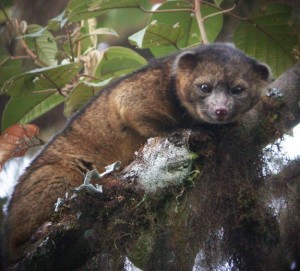
On May 23, 2014, the International Institute for Species Exploration declared the olinguito as one of the “Top 10 New Species of 2014.” It was actually discovered in 2013, but we understand why it continues to be discussed as a “new species.”
The newly found appealing olinguito, according to some news people, is downright “cute” because it resembles “a cross between a slinky cat and a wide-eyed teddy bear.” It was found to live secretively in cloud forests of the Andes mountains in Colombia and Ecuador. This arboreal mammal belongs to the family Procyonidae, which includes the well-known raccoons, coatimundis, kinkajous, ringtails, and others. The olinguito is smaller, though, typically weighing approximately 4.5 pounds. The olinguito is one of the largest new mammal described in the Western Hemisphere in 35 years.
- <><><>
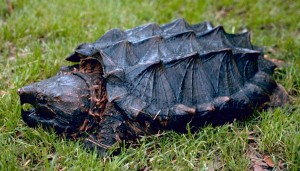
Other 2014 wonders were revealed, such as in May 2014, through a news release from the University of Vermont. It noted that a new research study split alligator snapping turtles, the so-called “dinosaur of the turtle world,” into three species. The original species (Macrochelys temminckii) was joined by two newly classified species—M. suwannensis and M. apalachicolae, which are named after the river systems they populate: the Suwannee River and Apalachicola River. (See more.)
- <><><>
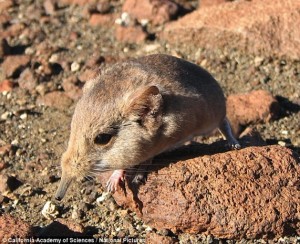 Discovered in 2014 was a tiny elephant shrew, the round-eared sengi (Macroscelides micus) found in the remote deserts of Namibia, in south western Africa. It is the smallest known member of the 19 sengis.
Discovered in 2014 was a tiny elephant shrew, the round-eared sengi (Macroscelides micus) found in the remote deserts of Namibia, in south western Africa. It is the smallest known member of the 19 sengis.
- <><><>

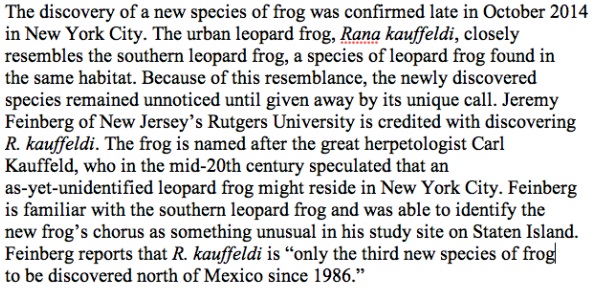
- <><><>
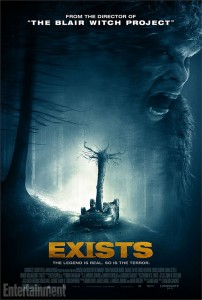
- <><><>

- <><><>
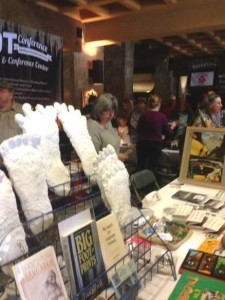


- <><><>
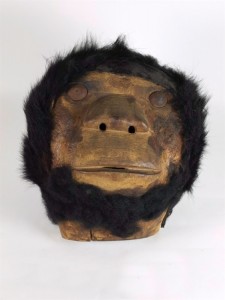
- <><><>

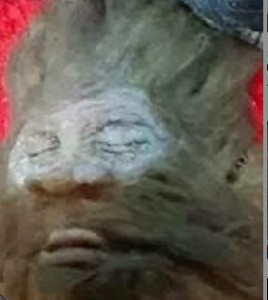
- <><><>
Mainstreaming of institutionalized cryptozoology continued, and was recognized during 2014.
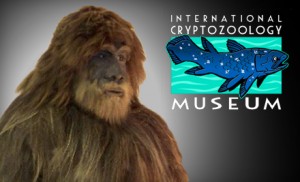
- <><><>
© Loren Coleman 2014 ~ Please share this material via a link only. Permission is not granted to republish the entire contents of “Top Cryptozoology Stories of 2014.”

See also
The Best Cryptozoology Books of 2014
Cryptozoologist of the Year 2014: Bill Munns
Top Cryptozoology Deaths of 2014 (Update)
Like what you read, then please consider supporting this blog. Your assistance is greatly appreciated, and critically needed. Thank you.
Follow CryptoZooNews
Not Found
The resource could not be found.